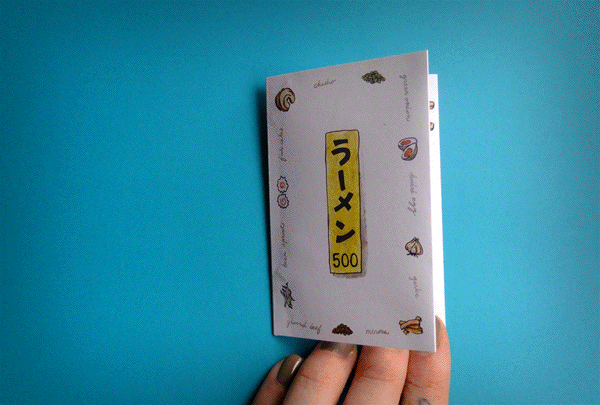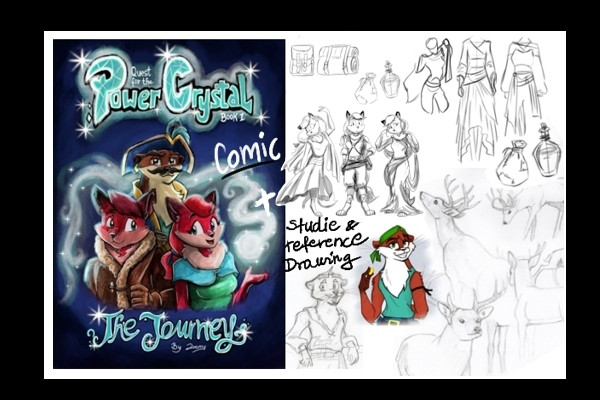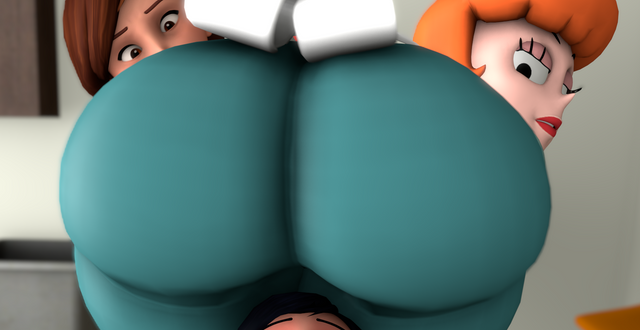HOME | DD
 JillianEdward — Ramen Shop block print
JillianEdward — Ramen Shop block print

#culture #food #japan #lino #noodles #ramen #ukiyoe #wood #block #japanese #printing #printmaking #salaryman
Published: 2015-02-14 09:10:50 +0000 UTC; Views: 586; Favourites: 10; Downloads: 5
Redirect to original
Description
I just finished this print. I cut 7 blocks to make it make. It's postcard sized and carved out of Japanese rubber stamp block. I used the same alignment techniques that are used in Japanese wood block printmaking. I often see this sort of scene in Japan. The business men all lined up eating ramen and a standing room only ramen shop. This is printed on high quality Japanese washi postcard paper. you can get this print by contributing to my funding campaign. There are other prints and custom stamps available for a very reasonable contribution. please concider helping me out. I'm trying to get all of the tools needed to make Japanese style wood block prints. Then my prints can be bigger, more detailed and have more color!!igg.me/at/woodblock
Related content
Comments: 4

hey there!
I'm a printmaker but I focus mainly on "western" techniques so japanese woodblock printing is somewhat of a mystery to me... I have been taught the basics but not the intricacies... could you please tell me how you make the color gradient on your prints like the blue gradient on the ground on this print?
👍: 0 ⏩: 1

sure thing. While I do make prints using Japanese techniques, this one is a little different. This was carved from rubber blocks and I used stamp ink pads for the color. To get the gradient I just carefully applied the ink from dark to light on the block before printing. I used the Japanese method for aligning all of the colors.
Traditional Japanese woodblock prints are printed with water based pigment much like watercolor paints. The beautiful smooth gradients on those prints are made by first applying water and paste to the board then brushing some color onto one part of the block creating a gradient. There is, of course, quite a bit more to it for the water color prints. If you have any more questions I'd be happy to talk about them and help where I can.
👍: 0 ⏩: 1

aha thanks!
as I said, I learned the western or european printmaking techniques at the academy but not the japanese/chinese... my printmaking professor had some limited knowledge of how japanese woodblock prints are made so he couldn't teach me all the intricacies...
I've always been fascinated with the drawing like quality to them, by the way the lines looks like they were drawn with a brush and ink and how the finished work looks more like a watercolor painting than a print...
thank you for the insight into the process! I really appreciate it!
👍: 0 ⏩: 0

Very clean. The color value gives it an outdated feel which adds to its look of the print.
👍: 0 ⏩: 0
























